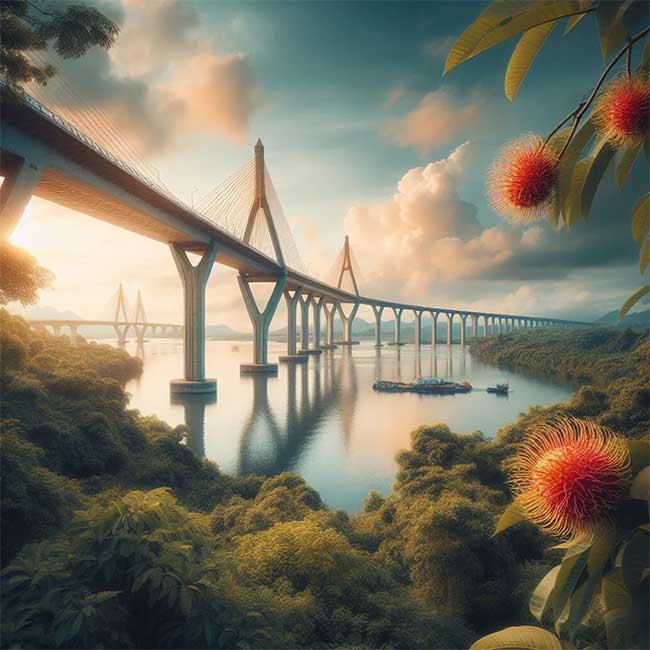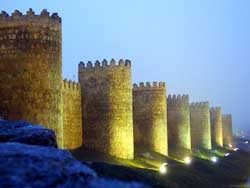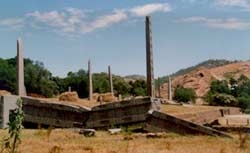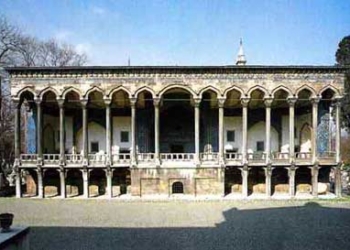Breaking ground on September 25, 2004, the Cần Thơ Bridge was inaugurated on April 24, 2010, connecting Cần Thơ City with Vĩnh Long Province. It officially opened to traffic and became the longest cable-stayed bridge in Southeast Asia (with a main span length of 550 meters), while also ranking among the Top 10 longest cable-stayed bridges in the world.
As of today, 14 years after its inauguration, this bridge spanning the gentle Hau River continues to uphold both of these records.
This bridge is the result of nearly 2,000 days and nights of relentless efforts by engineers and laborers from Japan and Vietnam, along with the resolute guidance of local leaders and authorities.
With a total investment of nearly 5 trillion VND sourced from Japan’s ODA and counterpart funding from the Vietnamese government, Cần Thơ Bridge has become a symbol of Vietnam-Japan cooperation in infrastructure development and serves as a significant catalyst for the growth of Cần Thơ and the Mekong Delta region.
With a fresh perspective, what would the “imagined” images of Cần Thơ Bridge (currently existing) created by Copilot, Microsoft’s AI application, look like?
We invite you to explore:

As a symbol of the Mekong Delta, Cần Thơ Bridge connects both banks of the Hau River, replacing the Cần Thơ ferry service that had existed for over 100 years. When opened for traffic, the bridge significantly reduced travel time and increased the volume of goods transportation between Ho Chi Minh City and Cần Thơ.

The entire length of the bridge (including the main span and access roads) reaches 15.85 km, with a height of 175.3 meters. The main span is a cable-stayed structure measuring 1,010 meters, designed for a speed of 80 km/h, featuring a central cable-stayed span of 550 meters, setting the record as the longest in Southeast Asia.

The bridge is designed with a unique inverted Y-shaped pylon containing 216 cables. The cross-section of the bridge measures 23.1 meters wide (including four lanes of traffic, each 3.5 meters wide, and two sidewalks, each 2.75 meters wide). The clearance height for vessels is 39 meters, ensuring easy passage for ships with a full load of 10,000 DWT.

The bustling scene of Cai Rang Floating Market – the largest and most impressive floating market in Vietnam, located beneath Cần Thơ Bridge. In 2016, it was selected by the renowned British travel magazine Rough Guide as one of the “10 most impressive markets in the world.” The main attraction of Cai Rang Market is its preservation of the unique cultural characteristics of the waterways. In 2016, the Ministry of Culture, Sports, and Tourism recognized Cai Rang Floating Market as a national intangible cultural heritage.

As a symbol of the Mekong Delta, Cần Thơ Bridge is a popular tourist destination. The unique charm of Cần Thơ Bridge shines through when visitors choose the right time to visit. One of the best times to admire Cần Thơ Bridge is at night when the colorful lights enhance the bridge’s beauty, seemingly stretching endlessly over the Hau River. With its brilliant night lighting system, Cần Thơ Bridge is also listed among the most beautiful bridges in Vietnam.

In addition to viewing Cần Thơ Bridge at night, visitors can also visit Cần Thơ during the dry season, which runs from December to April each year. The most favorable aspect of visiting during this time is the opportunity to bask in the brilliant sunrise or sunset while gazing at the bridge from Cai Rang Floating Market…

If you prefer a more tranquil view of the bridge, consider visiting during the rainy season, which typically starts in May and ends in November. From the window of a high-rise building, sipping hot cocoa from the famous Mười Cương cocoa shop in Cần Thơ while admiring the “steel silk ribbon” enveloped in rain is equally enchanting.

A very “worth every penny” option is to visit the land of “white rice and clear water” in Cần Thơ during the fruit harvest season. May marks the time when the fruits here are ripe. Longan, rambutan, durian, mangosteen… are among the fruits that offer truly wonderful flavors to those who savor them.





















































